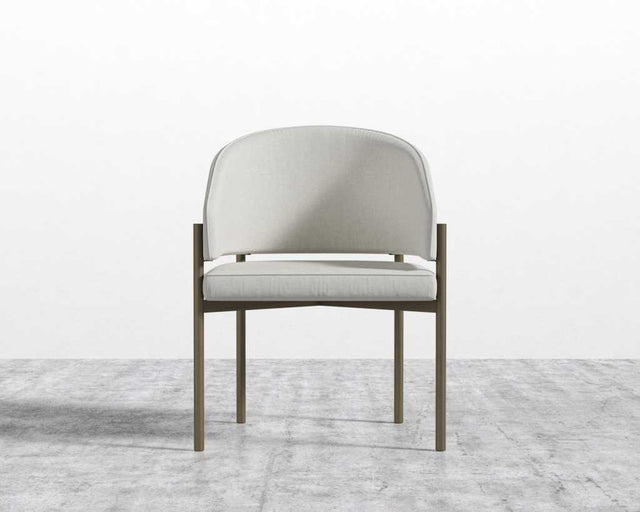Why Solid Wood Always Wins Over Veneer in the Long Run
1. What’s Veneer, Really?
Veneer furniture is often made from engineered wood or MDF (medium-density fiberboard), topped with a thin slice of real wood sometimes just millimeters thick. It gives the appearance of solid wood, without the structure or longevity.
But here’s the kicker:
Once that thin top layer chips, bubbles, or peels… there's no fixing it.
What’s underneath isn't meant to be seen or used.
Solid wood? It’s the real deal from surface to core.
2. Solid Wood Can Be Repaired. Veneer Can’t.
Life happens scratches, spills, heat rings, pet claws, toddler toys.
The difference?
-
Solid wood can be sanded, refinished, and re-oiled.
-
Veneer is one and done.
With solid wood, your furniture gets better with time. With veneer, the clock is ticking from day one.
“Every scratch tells a story but the table itself still looks incredible.”
A YEG Woodcraft Client
3. Durability That’s Built to Last (Not Just Built to Sell)
Solid hardwoods like maple, oak, and walnut are naturally strong, dense, and made to endure. They’re less prone to warping, bowing, or structural failures even with daily use and Edmonton’s shifting seasons.
Veneer furniture?
Engineered wood is more sensitive to moisture, temperature, and time. It may look polished under showroom lights, but it wasn’t made for real life or real climates.
4. True Value Comes from Longevity
That veneer table might be $800 now. But in 4 years, you’re replacing it.
A solid wood table from YEG Woodcraft might cost more upfront, but:
-
It holds its value
-
It adapts to your evolving style
-
It stays in your family for decades
You're not just buying furniture. You're investing in quality, character, and peace of mind.
5. Veneer Is Mass-Produced. Solid Wood Is Made for You.
No two solid wood tables are alike. Every grain pattern, knot, and curve is unique crafted for your space, your family, and your lifestyle.
Veneer?
Stamped out. Glued down. Shipped fast.
It’s made for margins, not meaning.

